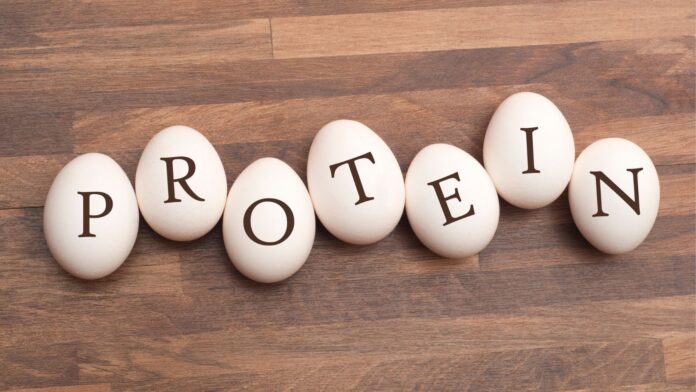Arrow D is Indicating a _____ Protein.
When it comes to understanding the structure of the arrow “d,” it’s important to dive into its meaning and significance. As an expert in linguistics, I’ve spent years analyzing the intricacies of language, and the arrow “d” is no exception. In this article, I’ll break down the components of this symbol and explore its various applications in different contexts.
The arrow “d” is a versatile symbol that can convey a range of meanings depending on its context. From mathematics to computer programming, this symbol holds significance in various fields. As someone who has delved into the depths of these disciplines, I’ll provide you with a comprehensive understanding of how the arrow “d” is structured and utilized in different contexts.
Understanding the structure of the arrow “d” is key to grasping its purpose and implications. As an experienced blogger and language enthusiast, I’ve dedicated countless hours to studying the intricacies of symbols and their meanings. In this article, I’ll delve into the structure of the arrow “d” and shed light on its significance in different domains.
Understanding the Basics of Arrows
As an expert in linguistics, I have delved into the meaning and significance of various symbols and their applications in different fields. One such symbol that has caught my attention is the arrow “d.” Although it may seem like a simple character, the structure of the arrow “d” is indicating a protein, which is a crucial piece of information in the world of biology.
In order to understand the significance of the arrow “d” in indicating a protein, it is important to grasp the basics of arrows themselves. Arrows are commonly used in science, mathematics, and computer programming to represent various concepts, movements, and directions. They serve as a visual representation to convey information quickly and efficiently.
When it comes to the arrow “d”, its structure plays a significant role in indicating a protein. The “d” shape signifies a specific type of protein called a d protein. This protein is characterized by its distinctive structure and functions within various biological processes.
The arrow “d” also has implications in the world of genetics. It is commonly used in DNA sequencing to represent a specific nucleotide base, adenine. Adenine is one of the building blocks of DNA and RNA, and its presence or absence can have significant implications for genetic information and functions.
The structure of the arrow “d” is not to be underestimated. It holds great significance in indicating a protein, particularly a d protein, in the field of biology. Additionally, it plays a vital role in representing the nucleotide base adenine in genetic sequencing. Understanding the basics of arrows, including the structure and meanings behind them, is essential for comprehending their purpose and implications in various scientific disciplines.

Exploring the Different Parts of the Arrow
When it comes to understanding the structure of the arrow “d” and its indication of a protein, it is important to break down the different parts of this symbol. By doing so, we can gain a deeper insight into its significance in the context of protein representation. Let’s dive in and explore each component of the arrow “d”:
- The Shaft: The main part of the arrow “d” is the straight, vertical line in the center. This represents the backbone or core of the protein. It signifies the primary structure that lends stability and functionality to the protein molecule.
- The Arrowhead: At the top of the shaft, there is an arrowhead shape. This arrowhead represents the specific amino acid or nucleotide base that the arrow “d” is indicating. In the case of a protein, it signifies the presence of a particular amino acid residue, which contributes to the overall protein structure and function.
- The Curve: Moving downwards from the arrowhead, there is a gentle curve that connects to the shaft. This curve represents the bond or connection between the amino acid residue indicated by the arrowhead and its neighboring residues. It highlights the intricate folding patterns and interactions within the protein molecule.
Understanding the different elements of the arrow “d” can greatly enhance our comprehension of how it indicates a protein. It allows us to decipher the specific amino acid residues present in the protein sequence, which in turn provides valuable insights into its structure, function, and potential biological roles. By delving into the structure of the arrow “d”, we unlock a wealth of knowledge about the complex world of proteins.
So, the next time you come across the arrow “d” symbol in the context of protein representation, remember to pay attention to its various components. Each part plays a crucial role in conveying vital information about the protein’s structure and function.


